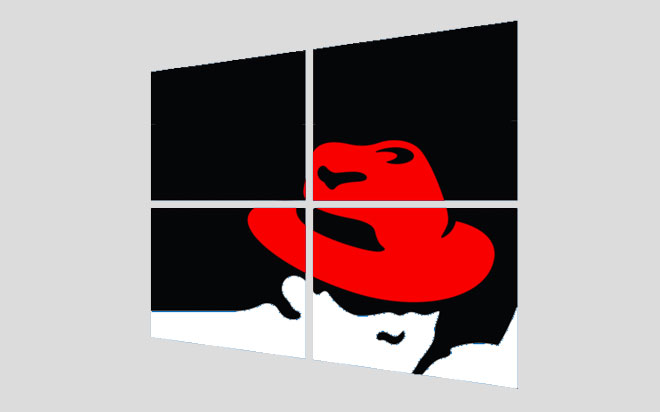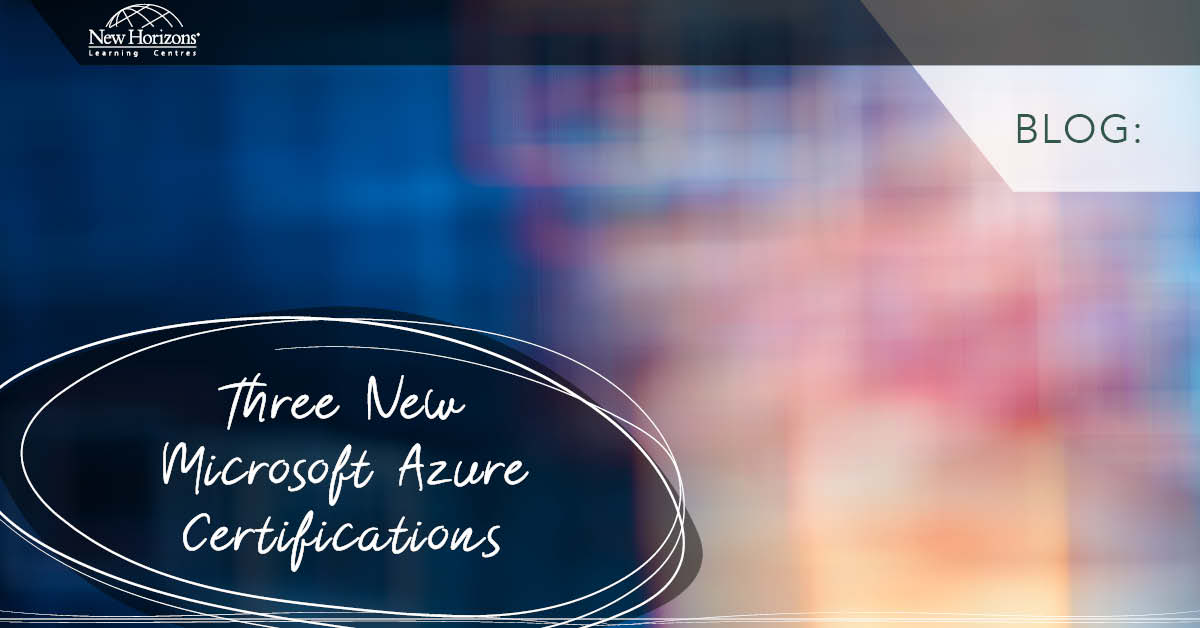
Nov 12, 2015
Yes, our solar system is still heliocentric. Any number multiplied by zero still equals zero. NETFLIX still rocks. Most reality TV is still excruciatingly painful to watch. Those norms still and/or should continue to apply.
But the world has changed. And changed forever it has. Insert a rather nerdy smile. The aces of the proprietary software world (Microsoft) and the luminaries of the open source planet (Red Hat) have taken an arduous journey, which started at rivalry, advanced to frenemy status and has culminated into a new and authentic friendship. Yes, long-term adversaries, my beloved Microsoft and Red Hat have signed a new pact of collaboration in the cloud.
Not long ago the very thought of proprietary software behemoths embracing open source radicals would be as absurd as the English Football (the one played with feet) squad doing well in a Soccer World Cup. But it has happened.
So what precisely has happened?
The essence of the Microsoft & Red Hat shake hand is the ability to run Red Hat’s Linux software, Red Hat Enterprise Linux (RHEL), on Microsoft’s Azure cloud platform.
The two organisations will also collaborate on providing access to Microsoft's .NET development framework technologies across Red Hat's offerings such as OpenShift, RHEL, Linux Atomic Host and OpenStack. Additionally, over the coming months, integration between Red Hat's CloudForms management system and Microsoft’s Azure & System Centre Virtual Machine Manager (SCVMM) will take place. RHEL will run both on the Hyper-V hypervisor and the Azure cloud itself. This will require support and hence Red Hat and Microsoft will co-locate staff for end-to-end enterprise support for the Linux offering on Azure.
Why did the two organisations make this happen?
Microsoft’s Azure platform is its public cloud offering and gaining rapid prominence globally. Red Hat’s Enterprise Linux offering is the de facto Linux standard in business. RHEL till now did not run on Azure. Furthermore, RHEL and Microsoft’s Windows Server product were also frequently battling it out in the on-premise server ring. The lack of RHEL on Azure was becoming an issue for Microsoft (since a lot of Microsoft’s customers utilise RHEL for their corporate workloads). Equally, with an increase in Azure’s popularity and Azure supporting competing Linux offerings (OpenSuse, Ubuntu, CentOS etc.), RHEL was facing increasing competition and did not have means to access that market. For Microsoft, RHEL on Azure means the de facto standard of Linux is now part of the Azure ecosystem. For Red Hat, this gives Red Hat centre stage on a rapidly growing cloud eco system.
Even though Microsoft and Red Hat weren’t best friends they had been working in concert on enterprise virtualisation and application integration, since 2009. The IT landscape has evolved considerably. The concept of hybrid clouds has helped redefine it. You don’t need binoculars to find open source and community-powered innovation. Be it big data projects, IoT campaigns, mobile or cloud computing ventures, open source is ubiquitous. This has changed the industry of IT and accelerated growth to inconceivable levels.
The proprietary industry had to stop, had to take a few breathers, had to take note and had to extend hands. Well done Satya Nadella for doing so. Microsoft’s leadership, 5 years ago would not have had the vision or heart to make such a radical venture happen. I remember the time when I was working closely with the head of Microsoft Australia’s Linux compete division at Microsoft. Red Hat was our enemy # 1. The anti-Linux vibe has long since run its course. Today, Satya Nadella (Microsoft’s Global CEO) and Jim Whitehurst (Red Hat’s Global CEO) have helped give the word ‘collaboration’ a new connotation.
What does all of this mean?
For Microsoft, this means much better ability to compete in the IaaS market. For Red Hat customers it means having the added convenience of being able to leverage one of the most robust and sophisticated cloud platforms in the world. Many organisations use Microsoft SaaS tools like Office 365 and SharePoint and use RHEL as a platform for custom business applications. The collaboration allows customers to use Azure as a preferred public cloud because it brings together the best elements of SaaS and IaaS for them. Microsoft and Red Hat will co-locate support people to improve support. This, in particular, will help organisations migrate their core Red Hat workloads to the public cloud with more confidence than ever before. Microsoft will provide access to .NET technologies across Red Hat's OpenShift platform-as-a-service and Red Hat Enterprise Linux in the next few weeks. This is an opportunity for the developer community to build for and leverage both worlds.
Ever since cloud computing has risen as a credible alternative to on-premises computing, customers have attempted to bring together their on-premises workloads with their cloud environment for greater speed, more scale and increased cost benefits. The hybrid approach to cloud computing has emerged as THE WAY to do this. Customers want to be able to choose their operating systems and tools in cloud setups just as they did with their on-premises data centres. RHEL is a favoured flavour of Linux in the enterprise. Microsoft’s Azure platform is fast becoming a favourite too. With the two companies bringing their best of breed offerings together, collaborating on middleware, working together to bridge their respective development environments and co-locating support, both Microsoft and Red Hat are providing a very compelling reason to clients for picking their bricks and mortar to build their business workloads on.
So, well done to Scott Guthrie and Paul Cormier, the Microsoft and Red Hat executives who were instrumental in this collaboration. Well done to Satya Nadella and Jim Whitehurst, the two CEOs.
Exciting times ahead, for Microsoft, for the Microsoft Partner Network, for Red Hat, for the partners of Red Hat and most importantly for the customers who will indubitably benefit from this collaboration.
How do your Excel skills stack up?
Test NowNext up:
- Customise the navigation drop-down in SharePoint
- The Quick Brown Fox…
- AngularJS Service – The Basics
- Why effective leadership is like yogurt
- The best features of Excel 2013 – Part 1
- What is ITIL?
- Ever typed a date into Excel and it turned into a number?
- Using a Calendar on your Website
- Custom Data Validation Rules in Excel
- Using the Fluent API with Entity Framework
Previously
- Customise the navigation drop-down in SharePoint
- Is your ‘Human Capital’ stock going up or down?
- I wasn't meant to send that!
- Drag and Drop
- Decorate Your Office
- What’s new in Skype for Business
- The Power of the Paragraph
- Microsoft Word: Make an Exclusion Dictionary
- Creating a simple Website and User Interface with MVC (Part 3)
- Power Map in Excel 2013









